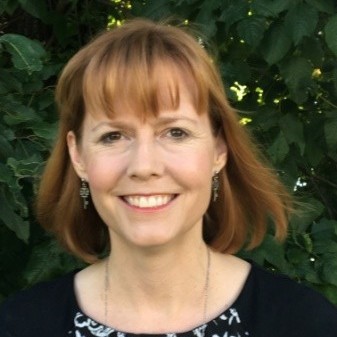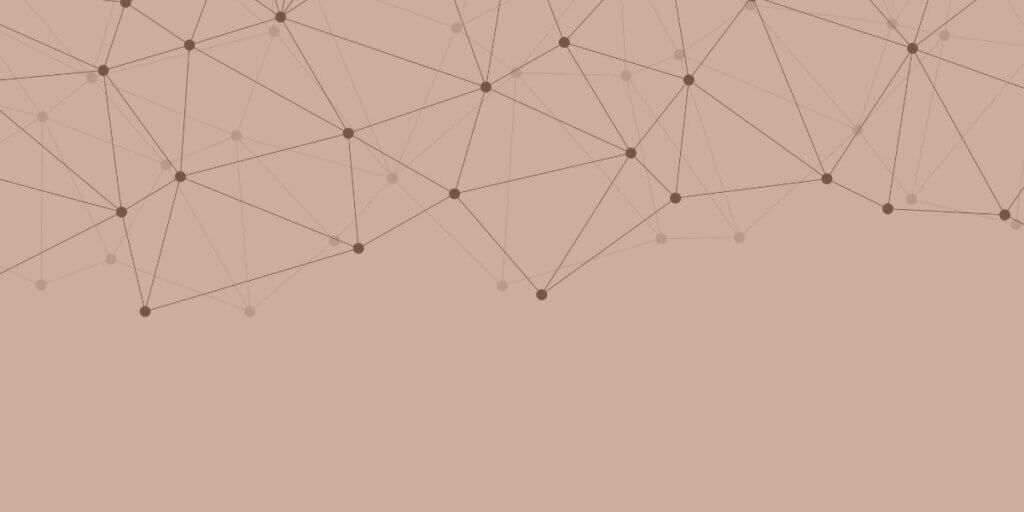Lower your internet bill
61% of people overpay for their internet.
Are you one of them?
Unlock exclusive offers in your area!
Call now
[tel]Enter zip code
1 Star is Poor & 5 Stars is Excellent.
* Required

Written by Rosslyn Elliott - Pub. Jul 05, 2024 / Updated Jul 05, 2024
Table of Contents
Are you happy with your Internet service?

About the author
You’re in the middle of a job interview on Zoom when your screen freezes. It takes five minutes to get your connection back, and you can tell the hiring manager is not impressed.
Or, you are one second away from defeating a big boss in Elden Ring. Just as you raise your sword, that dreaded “No Internet Connection" message pops up.
Chances are that if you’re here reading this, something frustrating has been happening with your internet lately! We’re here to help.
In this comprehensive guide, we’ll show you how to solve the mystery behind those disconnections. It’s easy to be an internet detective when you have a toolkit of quick solutions.
Let’s solve your disconnection problem in the way we would solve any mystery. First, we present the usual suspects! Here are the scenarios that may be causing your unreliable internet.
Routers and modems don’t last forever. These unsung heroes of our digital lives have a lifespan of 3-7 years. As they age, they start to show their digital wrinkles:

Old routers may not work well
Wi-Fi signals are invisible radio waves that travel through your home [2]. But invisible does not mean invincible. Several factors can weaken these signals:
If your signal is too weak, your data gets garbled or lost entirely as it travels, leading to those frustrating disconnections.
During off-peak hours, data rushes along smoothly on your network. But when everyone in the house decides to stream 4K videos, join video calls, and download massive files, it’s like rush hour traffic – everything slows down, and some connections might drop altogether.
This congestion isn’t just about the number of devices. The type of activity matters too. Streaming 4K video or online gaming can take up more space and slow things down for everyone else.
Your frequent disconnections may be just the tip of the iceberg. The bigger problem could be with the network beyond your home, from your internet service provider (ISP).

Check your ISP’s network
Your devices need the right software to communicate effectively with your network. Outdated or corrupted network drivers are speaking the wrong language – messages then get lost in translation. End result? Disconnections.
Over-vigilant security software can sometimes mistake normal network activity for threats [3]. It may disrupt your connection in its attempt to protect you.
Now that we’ve identified the villains in our connectivity mystery, let’s equip you with the tools to defeat them:
Never underestimate the power of the classic “turn it off and on again" method. Here’s how to do it right:
Keeping your equipment up-to-date is crucial.
If you’re shopping for a new router, think about your coverage needs. A small apartment might be fine with a single router, while a larger home might benefit from a mesh network system.

Change your router placement
Finding the perfect spot for your router can significantly improve your connection:
Reducing network congestion can help maintain a stable connection:
For devices that need the most stable connection, nothing beats a good old Ethernet cable.

Try an Ethernet cable
Keeping your devices’ software up-to-date is crucial for a stable connection:
When all else fails, it’s time to look beyond your home network:
If you haven’t found your perp yet, look into these other quick fixes that will restore a reliable internet connection.
Sometimes, the problem lies with your device’s network adapter:
Electronics and heat don’t mix well:
Don’t overlook the physical cables, wires, and plugs on your devices.
Your DNS (Domain Name System) server is like the internet’s phonebook, translating website names into IP addresses:
IP address conflicts can cause mysterious connection issues:

Weather affects satellite and fixed wireless signals
Mother Nature can sometimes get nefarious with your internet, depending on your connection type.
Your home is filled with radio waves flying all over the place from your devices, and sometimes they cause interference. Here’s how to minimize the problem:
A network that isn’t secure can lead to unauthorized users hogging your bandwidth and potentially causing disconnections. Plus, weak security can lead to attacks that can also disrupt your connection.

For those who like to go deeper into the technical side:
Use tools like WiFi Analyzer (Android) or WiFi Explorer (Mac) to get a detailed view of Wi-Fi usage in your area. Look for channels with the least interference and adjust your router accordingly.
Use your router’s admin panel to experiment with settings like:
For larger homes or those with complex layouts, a mesh network can be a game-changer:
If you’re comfortable with tech and you want the ultimate window on your network activity, use a tool like Wireshark [7].
When all else fails, resetting your router to its factory settings can be a powerful troubleshooting step. It’s like giving your router a clean slate.
Remember, this will erase all your custom settings, so it’s best used as a last resort. Make sure you know your ISP settings before attempting this, as you’ll need to reconfigure your network afterward.

Factory reset as a last resort
Sometimes, the culprit behind your disconnections isn’t your network itself, but the software running on your devices. Here are some common offenders:
If you suspect a software conflict, try disabling these programs one at a time to identify the culprit.
For Windows 10 users, resetting your computer’s network settings can resolve persistent connection issues:
This will remove and reinstall all your network adapters and set other networking components back to their original settings. It’s like giving your computer’s networking a fresh start.
Understanding the differences between the two Wi-Fi bands (2.4 GHz and 5 GHz) can help you optimize your home network:
2.4 GHz:
5 GHz:
Many routers are dual-band, meaning they can broadcast both 2.4 GHz and 5 GHz signals. Some even have “band steering" features that automatically connect devices to the optimal band. Some are even tri-band, with an extra band on the 5 GHz frequency range.
Pro tip: If you have a dual-band router, try setting up your 2.4 GHz and 5 GHz networks with different names (SSIDs) [8]. This allows you to manually choose which band to connect to for each device, giving you more control over your network performance.

Optimize your home Wi-Fi
Now you have a complete detective’s bag full of solutions. You’re equipped to sort through the clues and tackle most connectivity issues head-on.
Just remember that your ISP is usually going to have helpful, friendly technicians to consult as well. And if for some reason your ISP is not coming through for you, we have plenty of advice on how to choose a new internet provider.
Thanks for joining us for this installment of mystery-busting and code-cracking for your internet connection!
[1] ConsumerReports.org. “How to Tell When It’s Time to Replace Your Router."
[2] ScientificAmerican.com. “How Does Wi-Fi Work?"
[3] Computer.org. “Software Security."
[5] Answers.Microsoft.com. “How do I reinstall a network adapter?"
[6] Wi-Fi.org. “WPA3 Security."
[8] Dartmouth.edu. “What is an SSID?"

About the author
Congratulations, you qualify for deals on internet plans.
Speak with our specialists to access all local discounts and limited time offers in your area.
[tel]61% of people overpay for their internet.
Are you one of them?
Unlock exclusive offers in your area!
Call now
[tel]Enter zip code